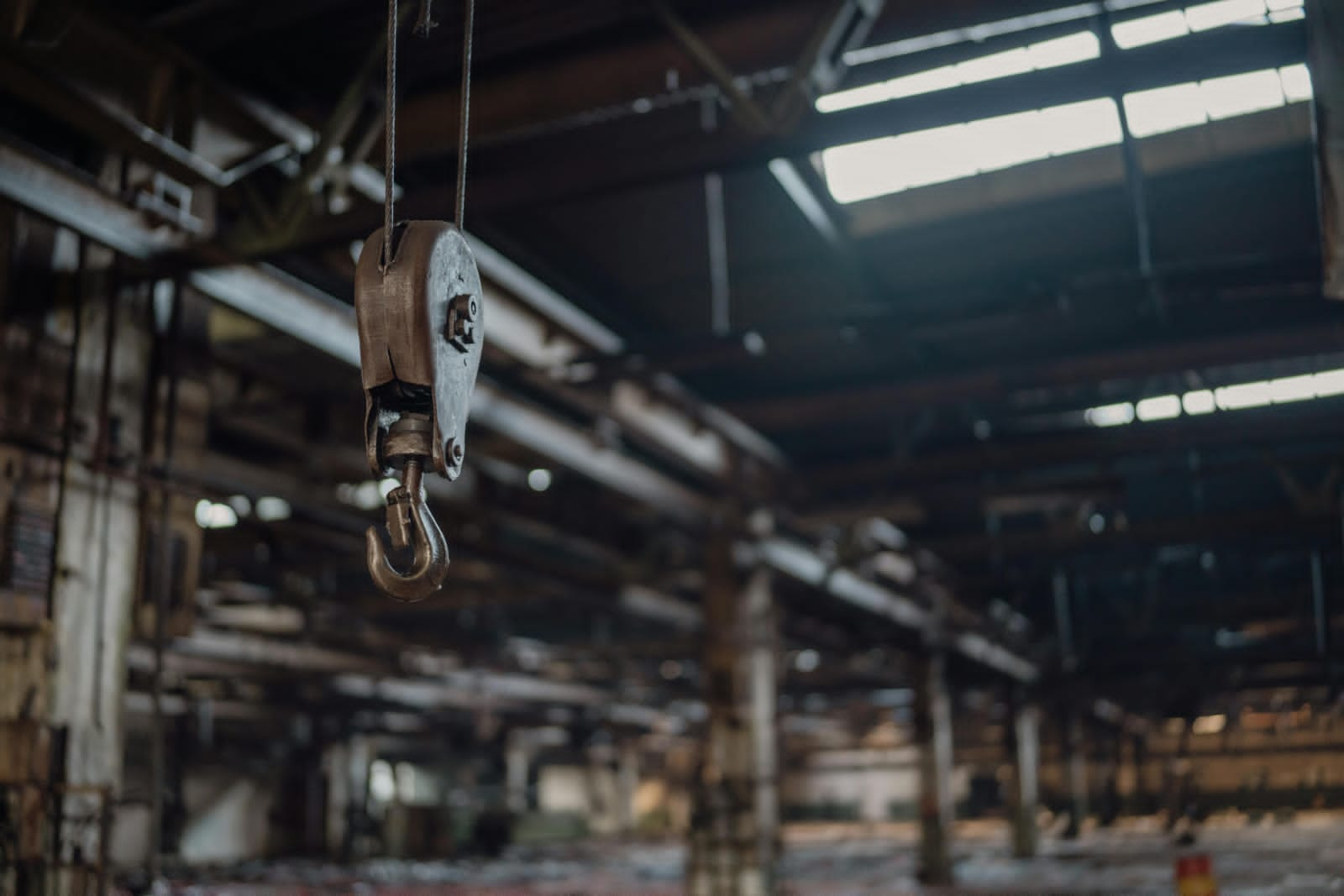Molding offers a versatile and efficient method for producing a wide range of products across various industries. From automotive parts and consumer goods to medical devices and electronics, molding shapes the modern manufacturing landscape.
This article explores the importance of molding in manufacturing.
Cost-Effective Production
Molding is a cost-effective solution for mass production. It allows manufacturers to produce large quantities of identical or highly customizable parts with minimal material waste. Injection molding, one of the most common molding techniques, enables manufacturers to create intricate and complex shapes with high precision and repeatability.
By utilizing molds that can be used repeatedly, manufacturers can achieve economies of scale and reduce per-unit production costs, making molding an ideal choice for high-volume manufacturing applications. Additionally, advancements in molding technologies, such as computer-aided design (CAD) and computer-aided manufacturing (CAM), further enhance efficiency and cost-effectiveness by optimizing mold designs and production processes.
Precision and Consistency
Molding excels in delivering parts with tight tolerances and uniform quality. Molding processes, such as compression molding, offer exceptional precision in shaping complex geometries and features, ensuring that each part meets the desired specifications and requirements. With advancements in mold design and manufacturing technologies, manufacturers can achieve high levels of accuracy and repeatability, minimizing variations and defects in the finished products.
This level of precision is essential for industries with stringent quality standards, such as aerospace and automotive. Molding processes enable manufacturers to produce parts with consistent quality and performance, batch after batch. By using standardized molds and controlled production parameters, manufacturers can maintain uniformity in dimensions, surface finish, and mechanical properties across all parts.
Design Flexibility and Complexity
Molding allows manufacturers to create parts with intricate shapes, features, and textures that would be difficult or impossible to achieve using other manufacturing methods. With advances in mold design and manufacturing technologies, manufacturers can produce parts with complex geometries, undercuts, and internal features.
Molding processes support the integration of multiple components into a single part, reducing assembly time, labor costs, and potential points of failure. Through techniques such as over-molding and insert molding, manufacturers can encapsulate inserts, electronics, or other components within the molded part, creating fully functional assemblies in one step.
Material Properties and Performance
Material selection is critical to product performance and durability. Molding offers access to materials with diverse properties and characteristics. Whether seeking high strength, heat resistance, chemical resistance, or aesthetic appeal, manufacturers can choose from thermoplastics, thermosetting plastics, elastomers, metals, and composites to meet their specific application needs.
Molding processes accommodate a broad spectrum of materials, allowing for the production of parts with tailored mechanical, thermal, and electrical properties. Molding enables manufacturers to enhance material properties through additives, reinforcements, and compounding techniques.
Environmental Sustainability and Waste Reduction
In an era of increasing environmental awareness and sustainability concerns, molding offers significant advantages in reducing waste, energy consumption, and environmental impact compared to traditional manufacturing methods. Advancements in material science and processing technologies have led to the development of biodegradable and eco-friendly materials that can be used in molding processes, reducing the reliance on petroleum-based plastics and mitigating environmental pollution.
Molding processes can be optimized to minimize energy consumption and greenhouse gas emissions, contributing to a more sustainable manufacturing ecosystem. By utilizing efficient heating and cooling systems, implementing closed-loop recycling systems, and optimizing production parameters, manufacturers can reduce their carbon footprint and resource consumption.
Conclusion
By leveraging the benefits of molding, manufacturers can optimize their production processes, enhance product quality and performance, and reduce their environmental footprint. From automotive and aerospace industries to consumer goods and medical devices, molding is indispensable in shaping the products and technologies that drive progress and innovation across diverse industries.



